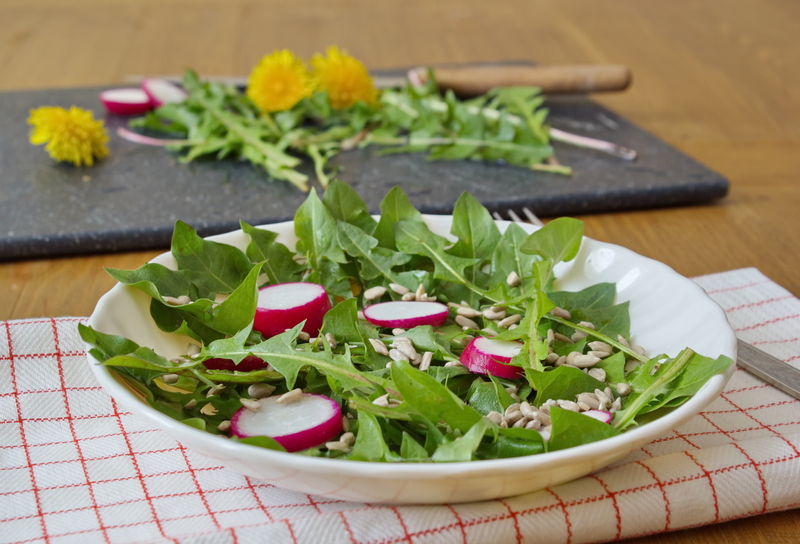Keep Your Grass Lush--How to Sidestep Drought Stress This Summer
Summer is a challenging time for lawns. The scorching sun and prolonged dry spells can turn your lush green grass into a withered patch in no time. But with the right strategies and a little extra care, you can keep your grass lush, vibrant, and resilient all season long. This comprehensive guide will teach you how to sidestep drought stress and maintain a healthy lawn even in the hottest months.
Understanding Drought Stress: What Happens to Your Lawn?
Before diving into practical solutions, it's important to learn what summer drought stress means for your grass. Drought stress occurs when the moisture level in your soil drops below what grass kind needs to survive, causing it to enter a dormant state or even die off in extreme cases.
- Symptoms: Yellowing, browning, or wilting blades. Grass may feel crunchy underfoot.
- Risks: Increased vulnerability to weeds, pests, and diseases.
- Long-term harm: Repeated or prolonged drought stress can kill valuable grass species and degrade your soil quality.
Pro tip: A well-cared-for lawn can bounce back quickly after drought, but prevention is always the best cure.

Choose the Right Grass Type for Your Region
Not all grasses are created equal. Some varieties handle heat and dry conditions better than others. If you're planning to keep your lawn green during drought or overseed this year, consider these drought-tolerant grass types:
- Bermuda Grass: Excellent for hot regions, highly drought-tolerant, recovers quickly from stress.
- Zoysia Grass: Grows slowly but very hardy once established; tolerates drought and heavy foot traffic.
- Tall Fescue: Deep-rooting and cool-season, tolerating both heat and dry spells remarkably well.
- Buffalo Grass: Ideal for the most arid climates, needs minimal watering.
Tip: Talk to your local extension agency or garden center to determine the best grass species for your region's climate and soil.
Optimal Watering Techniques to Prevent Lawn Drought Stress
Water Deeply and Infrequently
Watering your lawn is more about quality than quantity, especially in the summer. Shallow and frequent watering encourages weak, shallow roots, making grass more susceptible to drought. Instead, follow these best practices:
- Soak the soil to a depth of 6-8 inches with each session.
- Water early in the morning (before 10 AM) to reduce evaporation and fungal risk.
- Generally, aim for one to one and a half inches of water per week, but adjust for rainfall and species needs.
Spot Signs of Over or Under Watering
How do you know if you're watering correctly? Use these simple tests:
- Footprint Test: Step on the grass. If it springs back, it's hydrated. If the print lingers, time to water.
- Probe Test: Push a screwdriver into the soil. It should penetrate easily if the ground is moist.
Soil Health: The Foundation of a Resilient Lawn
Lawn drought prevention starts underground. Healthy soil retains water efficiently and supports strong root growth. Here's how to prepare and protect your soil:
Aeration Matters
Compacted soil restricts both air and water flow, leaving your grass vulnerable during drought. Aerate your lawn in late spring or early autumn to loosen the soil and enhance its water retention abilities.
Add Organic Matter
- Incorporate compost or aged manure: This boosts moisture retention and promotes soil biodiversity.
- Mulch clippings: Leave finely chopped grass clippings on the lawn to act as natural mulch, returning nutrients and helping shade the soil.
Check Soil pH
Grass thrives at a pH between 6.0 and 7.0. Too acidic or alkaline soils hinder nutrient and water uptake. Test your soil every couple of years and amend as needed for optimal results.
Mow Smart to Reduce Drought Stress on Your Grass
Keep It High
Cutting grass too short may seem neat, but it stresses your lawn. Set your mower blade to cut at 3-4 inches in summer.
- Taller grass shades the soil, slowing water loss and discouraging weeds.
- Never remove more than one-third of the grass blade at a time to avoid shock.
Keep Blades Sharp
Dull mower blades tear and damage grass, making it more susceptible to water loss and diseases. Sharpen blades at least twice during the growing season for a cleaner, healthier cut.
Feeding Your Lawn During Drought Conditions
Fertilize with Care
Too much fertilizer during a drought can hurt rather than help. Here's how to get it right:
- Use slow-release, organic fertilizers to avoid burning roots and reduce water demand.
- Avoid heavy feeding in extreme heat. Fertilize in mid-spring and again in early fall instead.
Remember: Nutrients support root growth, which helps your lawn survive water shortages.
Mulching and Groundcovers: Extra Protection for Your Lawn
Mulching isn't just for gardens. Applying a thin layer (1/4-1/2 inch) of compost, shredded leaves, or even finely chopped straw can help retain moisture and suppress weeds in high-stress areas. In shaded or problem spots, consider drought-resistant ground covers such as clover, sedges, or creeping thyme as alternatives to traditional grass.
Smart Irrigation Solutions
Upgrade Your Watering System
- Invest in a soaker hose or drip irrigation for efficient, direct watering that penetrates deeply with less waste.
- Install a smart sprinkler controller that adjusts for weather conditions and optimizes water use, saving both costs and grass health.
Harvest Rainwater
Collect rain during the wet season using barrels or cisterns. Use this stored water during dry spells to keep your grass lush without increasing your utility bill.
Weed and Pest Control During Hot, Dry Weather
Less Water Means More Problems
Summer drought stress provides an opening for tough weeds and insects:
- Weeds: Vigorous weeds can take advantage of any bare, weakened patches.
- Pests: Grubs and chinch bugs thrive in hot lawns and can cause significant damage.
Integrated Management Tips:
- Hand-pull weeds after watering, as roots come up more easily from moist soil.
- Use organic or spot-targeted pest solutions to reduce collateral damage to your lawn.
- Overseed in fall with tough grass varieties to out-compete weeds.
Additional Lawn Care Tips to Keep Your Grass Lush All Summer
- Reduce Foot Traffic: High-traffic lawns compact soil and damage drought-stressed grass. Move play areas around to let worn spots recover.
- Don't Rake During Dormancy: If your grass goes brown but is not dead, don't rake aggressively--this can destroy the crown and roots.
- Let It Rest: If your lawn goes dormant, avoid heavy fertilizing and excessive activity until rain and growth return.
- Monitor Weather: Use weather apps and soil moisture meters to anticipate droughts and adjust care accordingly.
Frequently Asked Questions About Avoiding Lawn Drought Stress
1. How often should I water my lawn during a drought?
It's best to water deeply 1-2 times per week. Adjust depending on your grass type, weather, and soil. Avoid shallow daily watering.
2. Can I revive my grass after it's turned brown from drought?
Brown grass may be dormant, not dead. Resuming a deep watering schedule can often bring lawns back to life once cooler weather returns. However, repeated or long-term drought stress can cause permanent damage.
3. Should I mow my lawn when it's under drought stress?
If necessary, mow only when needed and never remove more than one-third of the blade. Keeping blades high allows grass to retain more moisture and shade the soil.
4. How can I tell the difference between dormant and dead grass?
- Dormant: Grass turns uniformly brown but the crowns (base) are still creamy white and flexible.
- Dead: Grass pulls away easily from the soil and is brittle throughout. The crown appears brown or shriveled.

Conclusion: Sidestep Summer Drought Stress for a Lush, Resilient Lawn
Drought doesn't have to mean a ruined lawn. By selecting the right grass variety, optimizing your watering strategies, enhancing your soil, and following sound maintenance techniques, you can keep your grass lush and healthy even during the most punishing summer months. With a little planning and care, your lawn will not only survive but thrive--becoming the envy of the neighborhood.
Commit to regular lawn care, watch for early drought signs, and adjust your routine as needed to ensure a vibrant, green landscape all summer long!
Next Steps: Take Action for Lawn Resilience
- Test your soil today and plan aeration or amendments.
- Assess your current grass type and consider overseeding with drought-tolerant varieties if needed.
- Evaluate your watering practices and upgrade to smart irrigation where possible.
- Keep mowing high and fertilizing light during dry spells.
By following these tips, you'll sidestep drought stress and enjoy a robust, lush green lawn year after year--even when Mother Nature turns up the heat.